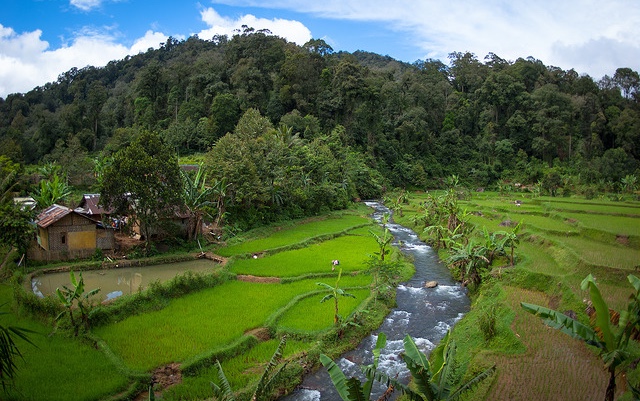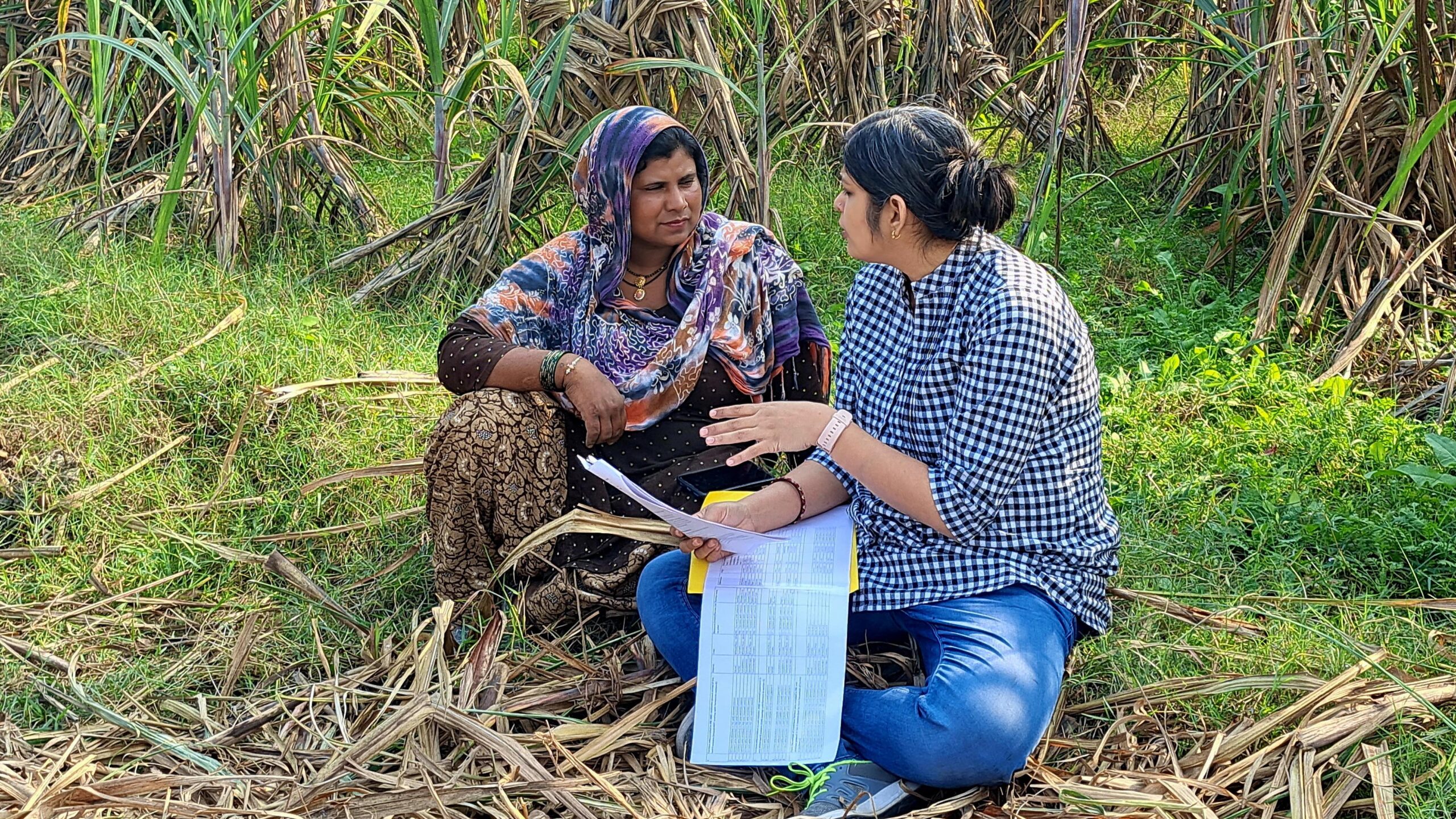Deforestation and forest degradation are causing ecological and socioeconomic problems in every part of the world. It is well known that these impact the climate by increasing atmospheric levels of carbon dioxide—affecting the environment and communities globally. Degradation of land and soil also poses substantial challenges to meeting global food needs and generates additional significant risks to people, particularly in predominantly rural and poor countries heavily dependent on natural resources. It is estimated that the global cost of land degradation due to land-use change and to the use of land-degrading management practices is about $300 billion annually. Moreover, if the current pace of land degradation continues over the next 20 years, it could reduce global food production by as much as 12 percent and increase the price of some commodities by as much as 30 percent.
Given its magnitude, the joint problems of deforestation and land degradation must be addressed globally to respond to these environmental and development challenges. However, even though it is often said that actions that transform degraded lands into healthy landscapes are less costly than taking no action, significant forces have prevented progress and the achievement of land and forest restoration goals.
The international community has worked to halt degradation and restore degraded lands for decades. The latest initiative, the Bonn Challenge, sets a global goal to bring 150 million hectares of degraded and deforested land into restoration by 2020, and a total of 350 million hectares by 2030. A key principle underlying the Bonn Challenge is the forest landscape restoration (FLR) approach. FLR provides a framework to implement sustainable forest management while creating a substantial role for agriculture. FLR is also expected to contribute to meeting many existing international restoration commitments, including the CBD Aichi Biodiversity Targets; the UNFCCC REDD+; the Rio+20 land degradation neutrality goal; as well as the climate change mitigation and adaptation goals in the Paris Agreement and several of the Sustainable Development Goals.
Although some progress has been made towards achieving above mentioned targets, significant obstacles have prevented progress and the achievement of land and forest restoration goals. Though there are local success stories, communities living in degraded landscapes do not typically undertake large-scale restorations. Widespread adoption of such efforts is possible only if landowners, farmers, smallholders, and land managers ultimately benefit, and then only when restoration programs have stakeholder support. The active role of agriculture in such efforts is expected to encourage more direct participation by communities, helping to reduce the observed opposition to large-scale restoration projects.
Evidence shows that landscape-level interventions—such as restoration of riparian areas and wetlands to regulate water flows for agriculture, or management of tree cover both within farmland and on surrounding landscapes—can enhance the provision of ecosystem services and support functionality of agriculture landscapes. Yet, the landscape restoration movement still struggles to become operational at a large scale due to a lack of understanding of landscape complexities and perceived conflicts among the most pressing needs of some stakeholders.
A group of researchers at IFPRI and the International Union for the Conservation of Nature (IUCN) set out to assess the potential benefits of a globally widespread adoption of forest landscape restoration. The results of this recent work on land degradation reveal that the full inclusion of crop production in the forest landscape restoration approach could produce large-scale, worldwide benefits for food security.
The positive impacts are multifaceted and significant in size: A reduction in the number of malnourished children ranging from 3 to 6 million; a reduced number of people at risk of hunger, estimated at 70 and 151 million; reduced pressure for expansion of cropland; increased soil fertility; and reduced greenhouse gas emissions. These benefits—not only to farmers but also to the broader population—strongly suggest that a forest landscape restoration approach that meaningfully integrates agriculture can facilitate the implementation of restoration plans on large amounts of land.
As impressive as these results are, the limits of the modeling employed indicate that these numbers may actually underestimate the full potential of a widespread adoption of restoration practices. Due to current modeling constraints, the representation of agroforestry, silvopastoral, and agrosilvopastoral systems at the global level is difficult and the role of these systems on a global scale remains unexplored. This is an important area for future work because research consistently indicates that the judicious use of agroforestry can provide an additional source of vitamins and micronutrients, among other positive effects on the nutritional qualities of farm output.
The results of this new work (which has not yet been peer-reviewed) not only confirm the findings of the many studies that have investigated the benefits of land and forest restoration in more localized settings—they should also provide enough confidence to governments and policy makers to answer the many calls to invest in wide-scale restoration projects without jeopardizing their food security goals. Approaches that fully integrate agriculture in restoration projects, such as forest landscape restoration, can not only avoid trade-offs between restoration and food production, but also can provide a framework to build on the synergies of multifunctional landscapes with significant benefits to food security.
Alessandro (Alex) De Pinto is a Senior Research Fellow in the Environment and Production Technology Division of IFPRI. Salome Begeladze is a programme officer for Forest Landscape Restoration in the Global Forest and Climate Change Programme of IUCN. This post is based on work which has not yet been peer reviewed.







